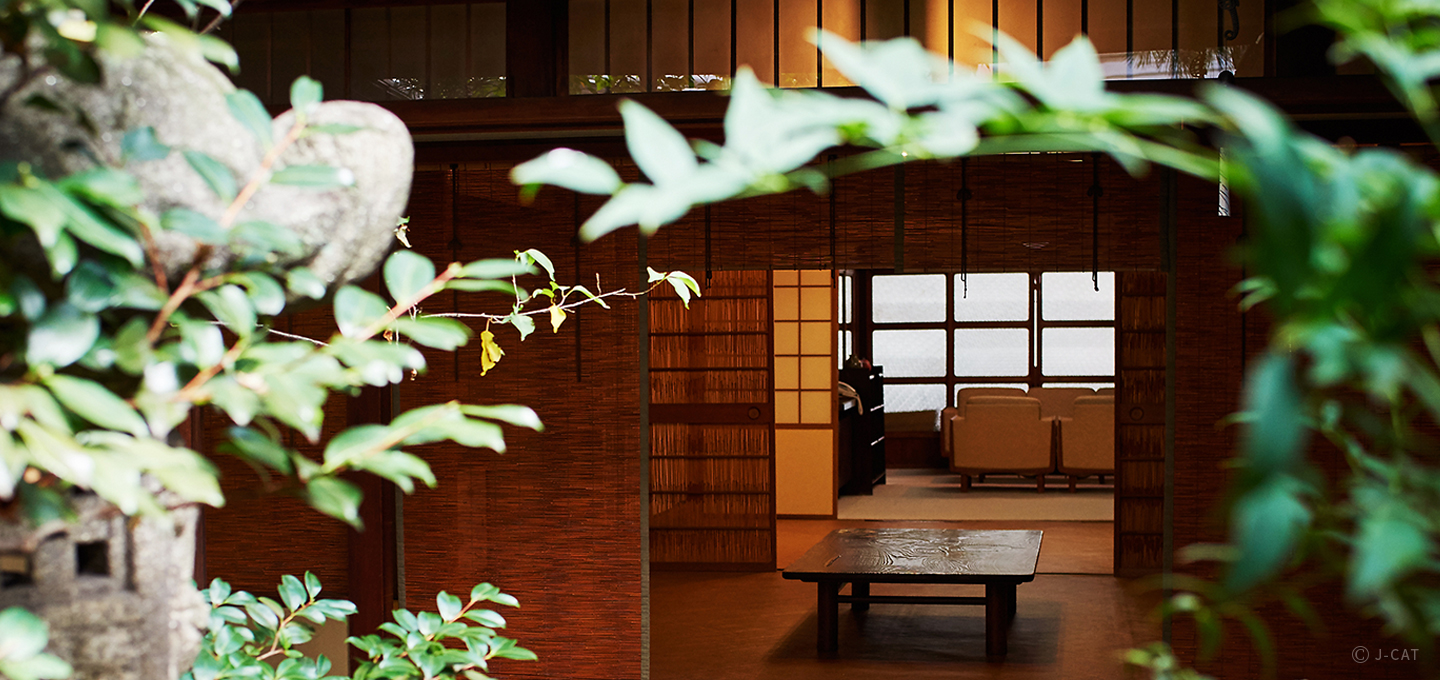
Special Experience
Kyoto
Learn to Make a Kogin-Zashi Embroidery Accessory from an Artist in Kyoto
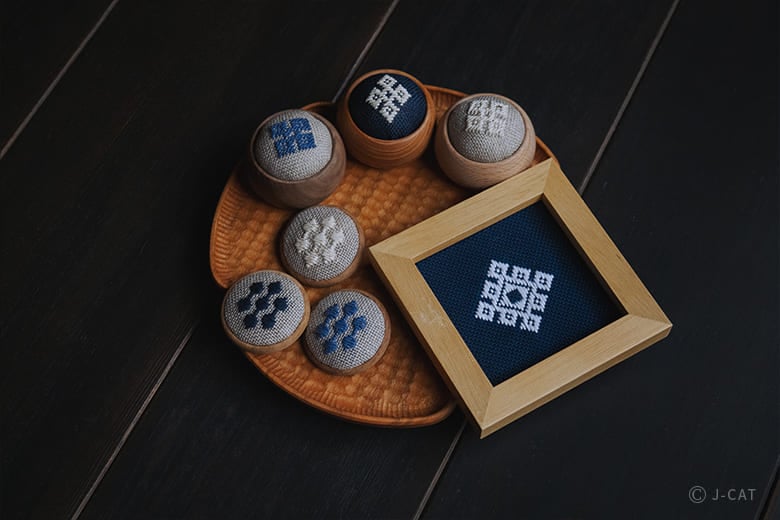
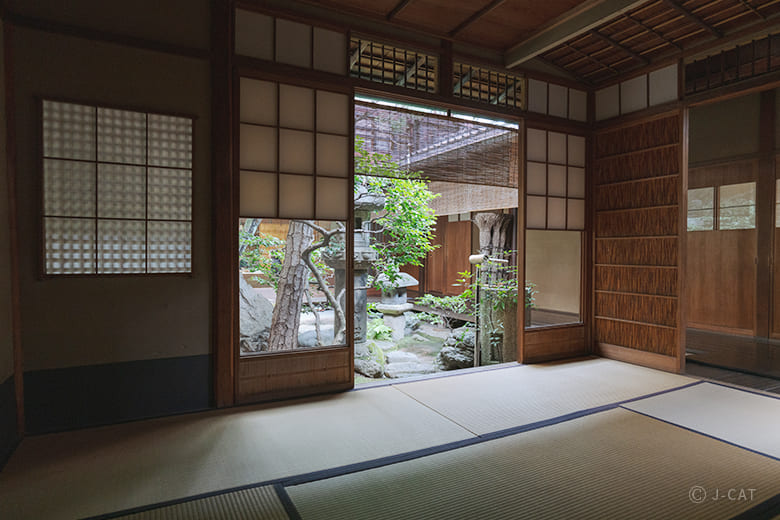
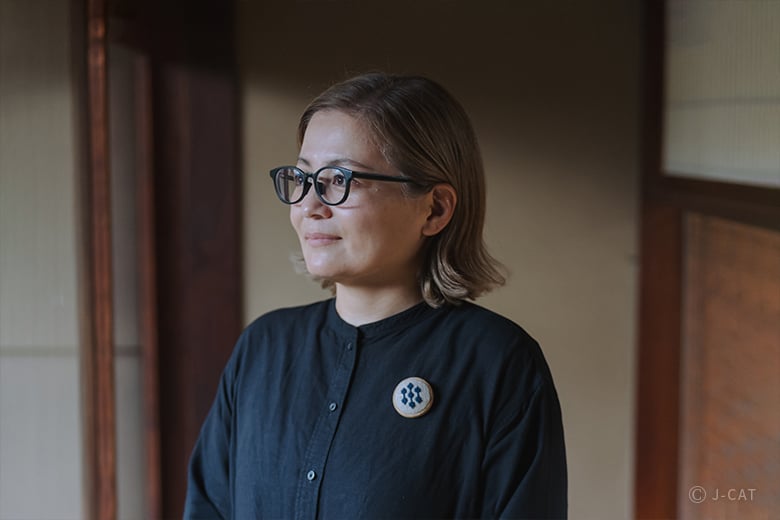
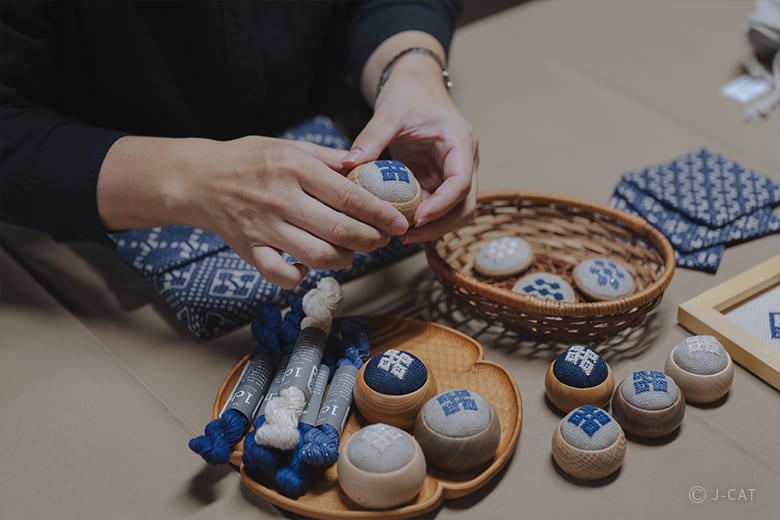
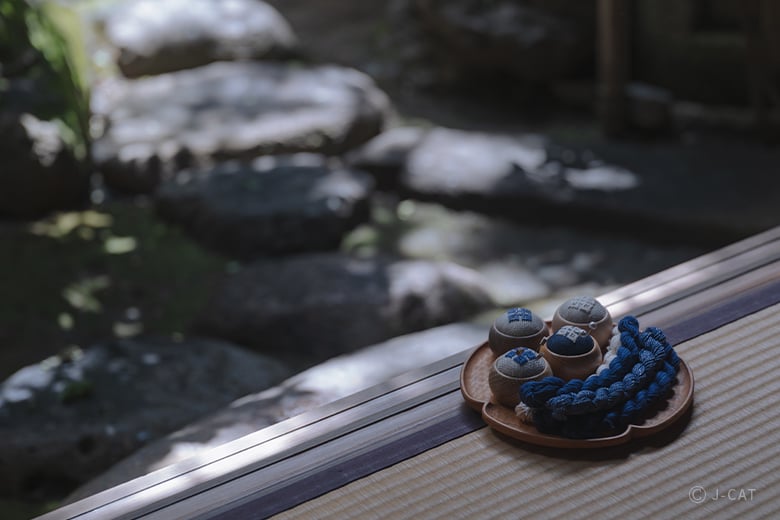
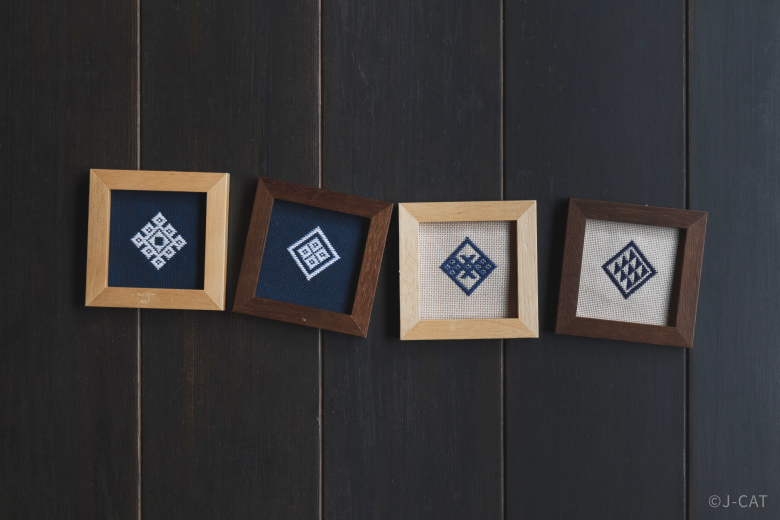
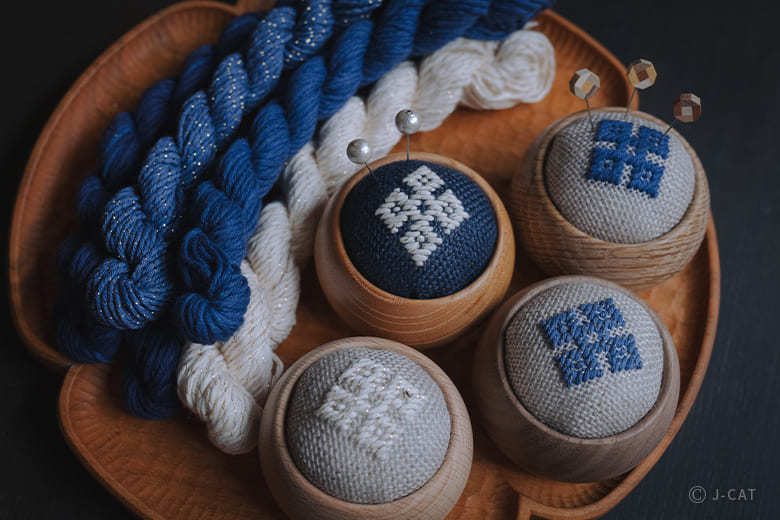
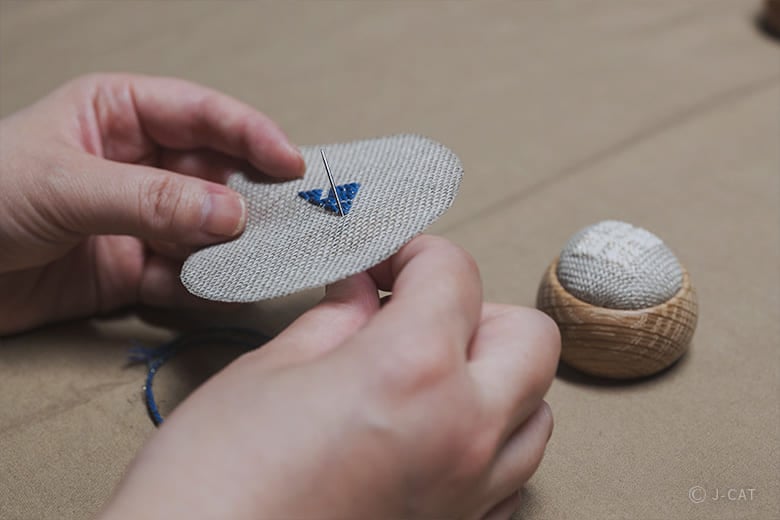
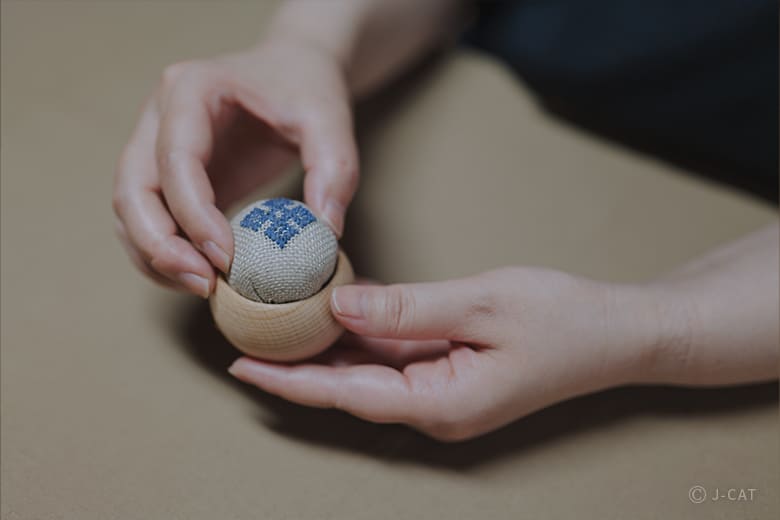
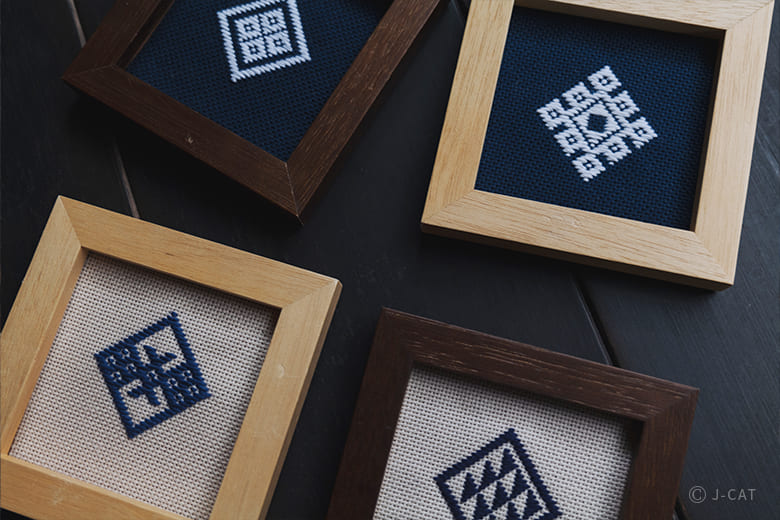
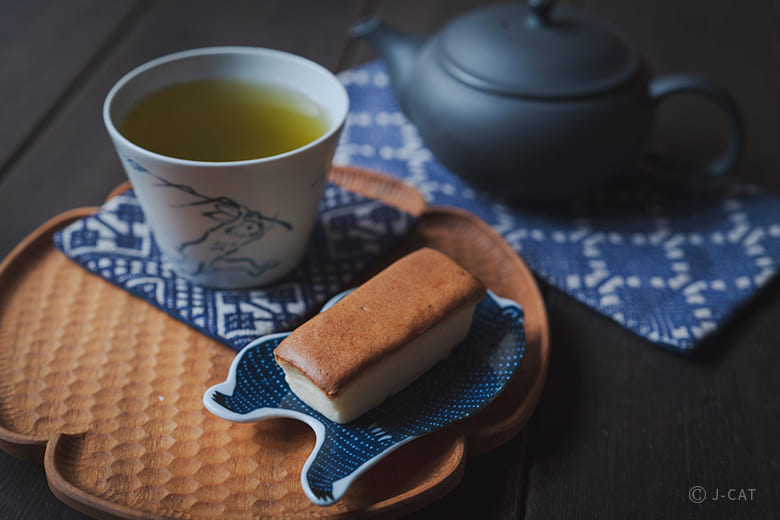
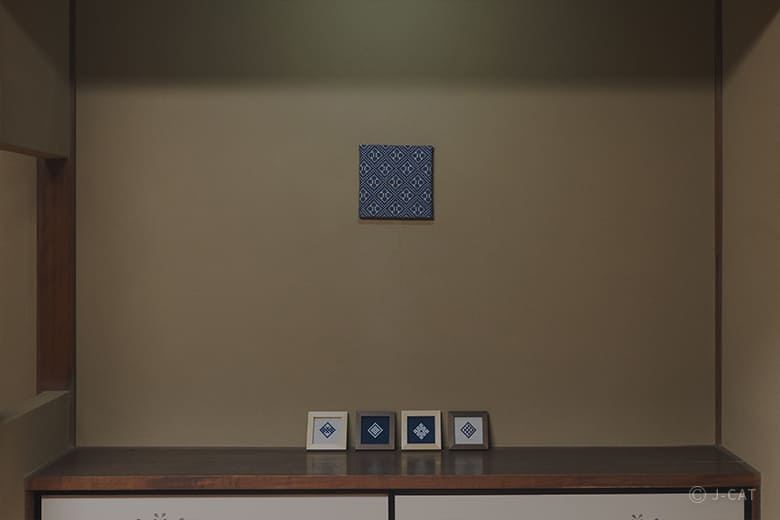
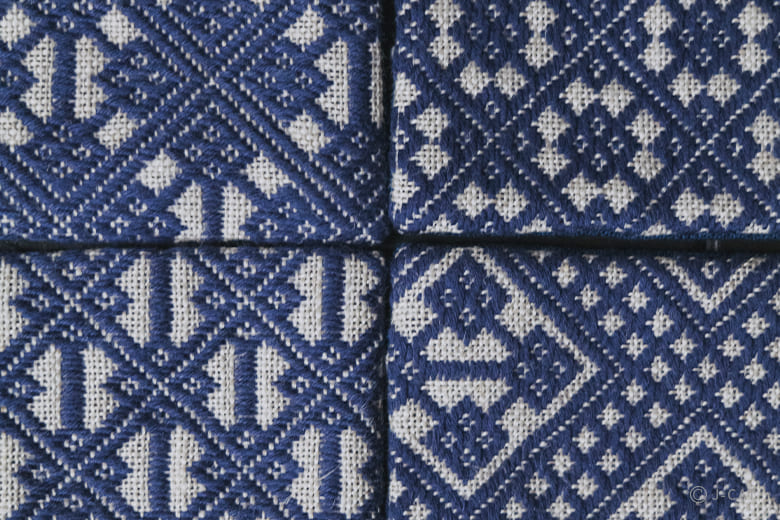
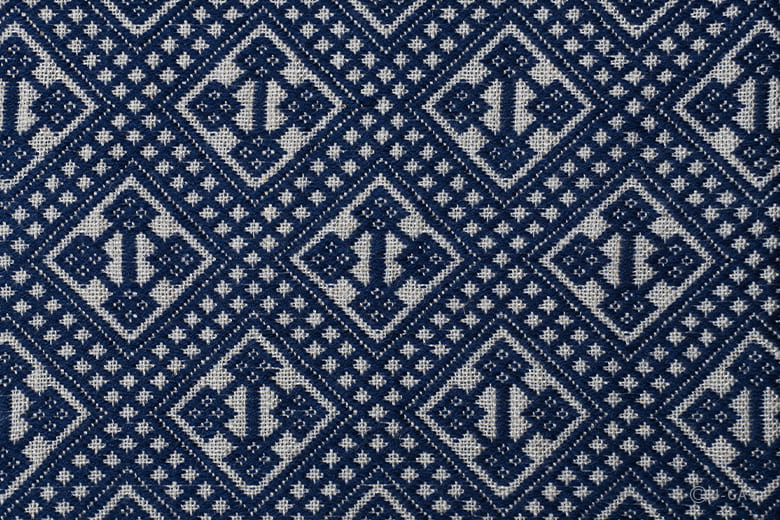
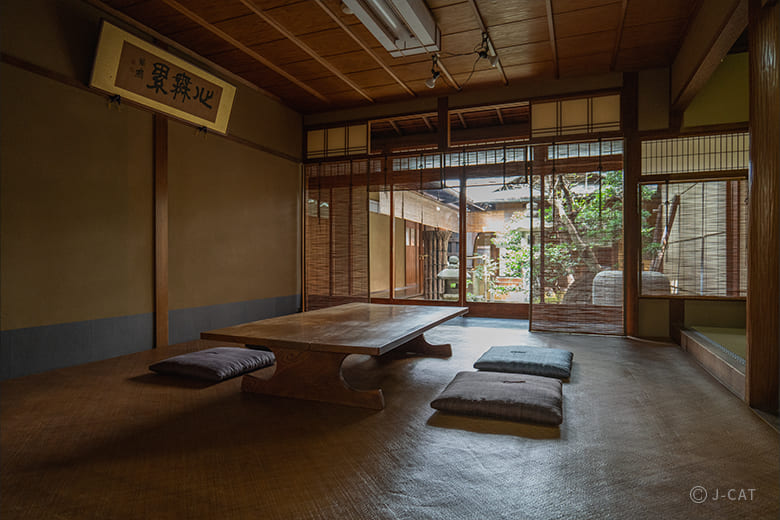
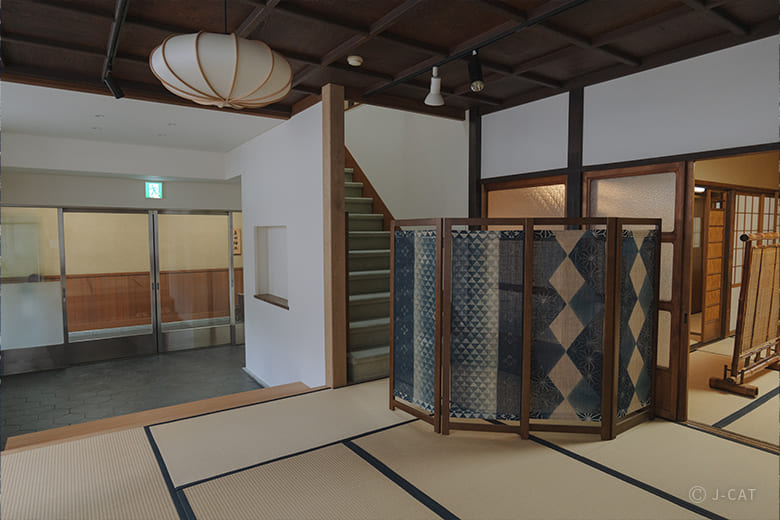
















Overview
Originating from Aomori’s Tsugaru region, kogin-zashi embroidery is one of Japan’s three main types of sashiko stitching. At Gensou-an, a historical machiya townhouse in central Kyoto, learn to make a kogin-zashi accessory from artist Tomomi Kobayashi of the kogin-zashi brand, “itomomi.” Choose whether to make a wooden frame or a pincushion; then, choose a fabric, thread color, and pattern to start creating. Finally, enjoy chatting with Ms. Kobayashi over tea and sweets.
Key Features
・Learn kogin-zashi embroidery from artist Tomomi Kobayashi at Gensou-an, a long-running tsumugi silk wholesaler’s machiya townhouse in Kyoto’s Shijo Karasuma district
・For your accessory, choose from two types of items, then pick and match the fabric, thread color, and pattern as you like
・The threads offered in this experience are specially dyed exclusively for Wabunka; in addition to the standard indigo, white thread — and even thread with gold foil — are also available
Kyoto
120mins
from ¥28,000 /person
1 - 10 participants
Available in English
Cancel free up to 10 days prior
* If fewer than 2 participants, the minimum fee will be JPY 56,000
Details
Learn Kogin-Zashi Embroidery at a Long-Running Merchant’s Townhouse
A tradition passed down in Aomori Prefecture’s Tsugaru region, kogin-zashi embroidery is one of the sashiko (Japanese stitching) techniques. This craft originated as a way to survive Tsugaru’s harsh winters, and has recently been gaining attention even beyond the world of traditional crafts for its variety of beautiful designs.

A handicraft with a variety of beautiful designs, kogin-zashi was born from the wisdom and ingenuity of daily life
Kansai-based artist Tomomi Kobayashi, creator of the brand “itomomi,” is one such person who was drawn to the charm of kogin-zashi. She started out by learning kogin-zashi on her own, and eventually, her simple but charming creations were featured in a magazine dedicated to kogin-zashi. . She continues to spread the appeal of kogin-zashi through exhibits and tie-ups with traditional Japanese clothing shops.

Kogin-zashi artist Tomomi Kobayashi, the person behind the brand “itomomi"
The venue for this experience is Gensou-an, a Kyo-machiya (Kyoto-style townhouse) located just a short walk from Shijo Station and Karasuma Station. Owned by a long-established tsumugi silk wholesaler, this building has a history of over 130 years. Its tatami mats, shoji screens, and fittings have been repaired over the years by Kyoto artisans and carefully maintained using traditional methods.

Tea ceremonies and other events are held in the tea room in spring and autumn, while in summer and winter, they are held in the Japanese-style room overlooking the courtyard garden
Paying Respect to Ancient People’s Wisdom While Creating Items Suited for Modern Life
Kogin-zashi began as a way of using cotton thread to reinforce and improve the heat retention of workwear made of coarse hemp. This craft has about 40 beautiful geometric patterns called modoko, and combining them can lead to the creation of over 300 designs. Ms. Kobayashi explains, "When cotton became more easily available in the Tsugaru region during the Meiji era (1868–1912), the practice of kogin-zashi on hemp temporarily declined. However, it later saw a resurgence as a traditional craft through the efforts of many people. I create my designs while respecting this history and tradition."

Modoko, the basic kogin-zashi pattern
In recent years, new modoko patterns and colorful kogin-zashi creations have emerged, but Ms. Kobayashi mainly uses indigo thread on white fabric for her embroidered works. In this experience, you will choose from indigo-dyed threads custom-made by Aomori-based dyeing studio “nijiirokoubou 1chi.”

You can choose from custom-made threads exclusively available to Wabunka guests. In addition to the standard indigo color, white and gold-foil threads are also available
A Beautiful Pattern Emerges with Each Stitch
For your kogin-zashi accessory, you can choose to make a wooden frame or a pincushion. Take your pick between navy blue or sand beige for your base fabric, while a variety of patterns are available to choose from. The wooden frame comes in beige or brown, while the wooden base for the pincushion is custom-ordered by Ms. Kobayashi from a woodworker specially for this experience. It comes in several colors depending on the wood that it is made from, including zelkova and maple. Mix and match the thread, fabric, and pattern to your liking as you create your one-of-a-kind kogin-zashi work.
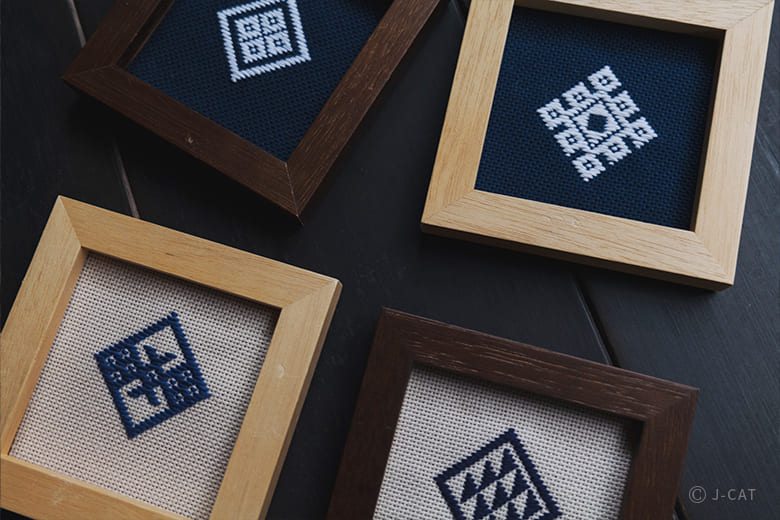
Kogin-zashi in a wooden frame. The frame comes in two colors: beige and brown

Kogin-zashi pincushions, The wooden base comes in several colors depending on the type of wood it is made from: zelkova, maple, and more
The distinctive characteristic of kogin-zashi embroidery is stitching along the weft of the fabric while counting its weave. Ms. Kobayashi will teach you the basics; then, while referring to the pattern, you will work with a needle and sew one stitch at a time. As you continue moving your needle, you will gradually get the hang of it, and a beautiful pattern will begin to take form.

Take out the needle one stitch at a time as you carefully complete your creation
A Calming Moment Working with Needles and Threads
The kogin-zashi pattern featured in this experience is a simple one that is suitable for beginners; however, it will take about one hour and a half to complete a single piece. The more carefully you stitch, the better the finished product will be, so the sense of accomplishment you will feel when you’re done will be even greater. Enjoy this calming moment with a needle in your hand.

These tea mats and coasters were created by Ms. Kobayashi
Once you’ve finished your creation, share your thoughts on this experience over tea and sweets personally recommended and selected by Ms. Kobayashi herself. Tea time with Ms. Kobayashi will also serve as a moment to refresh yourself after concentrating intensely on needlework.
Picturing a Life Colored by Kogin-Zashi
You can take home your finished creation right after this experience. Whether you choose to make a wooden frame or pincushion, either will be a perfectly charming addition to your interiors. In line with Ms. Kobayashi’s idea of kogin-zashi as something that can be enjoyed in daily life, this experience will bring you closer to the world of kogin-zashi. Join Ms. Kobayashi to experience the fulfillment of creating something with your own hands, and color your life with the intricate threaded patterns of kogin-zashi.

Add color to your daily life with kogin-zashi
Gensou-an / itomomi

Gensou-an / itomomi
Gensou-an
Located in the Shijo Karasuma district in Kyoto, Gensou-an is a Kyo-machiya (Kyoto-style townhouse) owned by a long-running tsumugi silk wholesaler. With a tea room and an outdoor tea garden, this historical building that is over 130 years old is open to the public as a venue for tea ceremonies and other events. As befitting of a tsumugi wholesaler's property, Gensou-an's transom windows, sliding doors, partitions, and other interior fixtures are covered in the finest yuki-tsumugi silk — a unique highlight of this building.
itomomi
A brand by kogin-zashi embroidery artist Tomomi Kobayashi, itomomi creates simple but charming accessories and other items. Carefully embroidered through kogin-zashi techniques, itomomi's creations are sold online and at craft events. With the Kansai region in western Japan as its base, the brand also holds kogin-zashi workshops in Kyoto, Osaka, Nara, Hyogo, Nagoya (in Aichi), and elsewhere.
Location
Gensou-an
Shimogyo Ward, Kyoto
Request for booking
Select first preferred date (JST)
July 2025
Sun
Mon
Tue
Wed
Thu
Fri
Sat

17
Available

17
Full

17
No Events
Kyoto
120mins
from ¥28,000 /person
1 - 10 participants
Available in English
Cancel free up to 10 days prior
* If fewer than 2 participants, the minimum fee will be JPY 56,000
Things to know
Contact Us
If you have any questions, please contact us using the form below.
We also accept bookings from corporate clients and travel agencies.